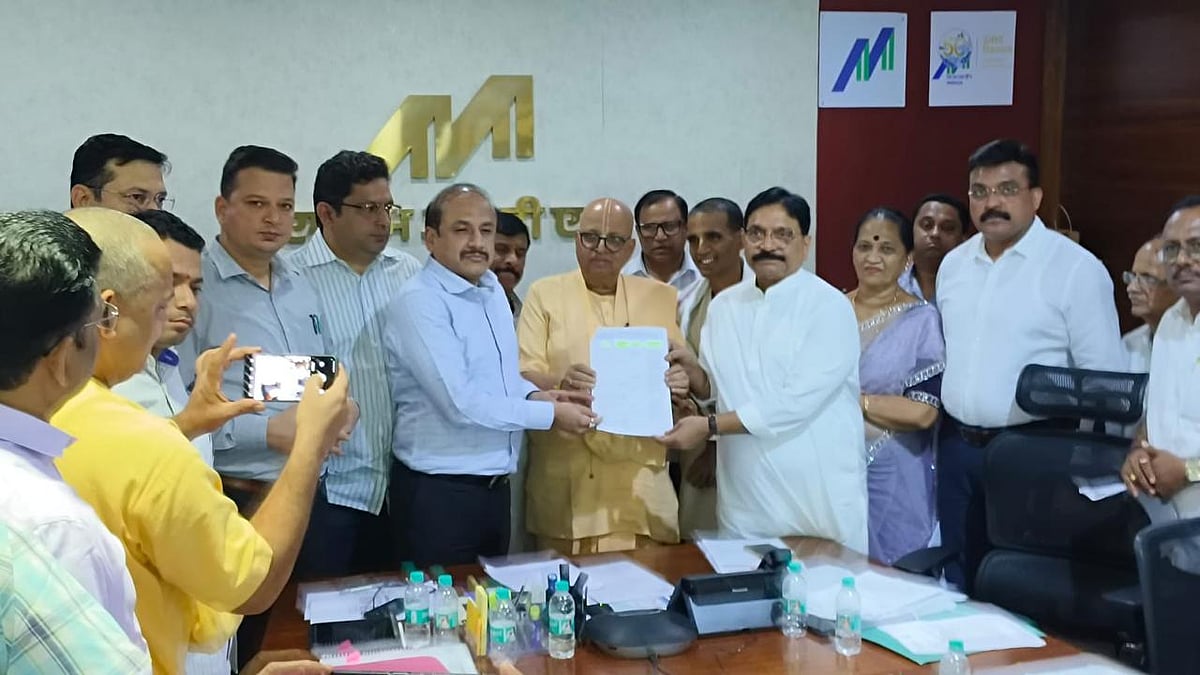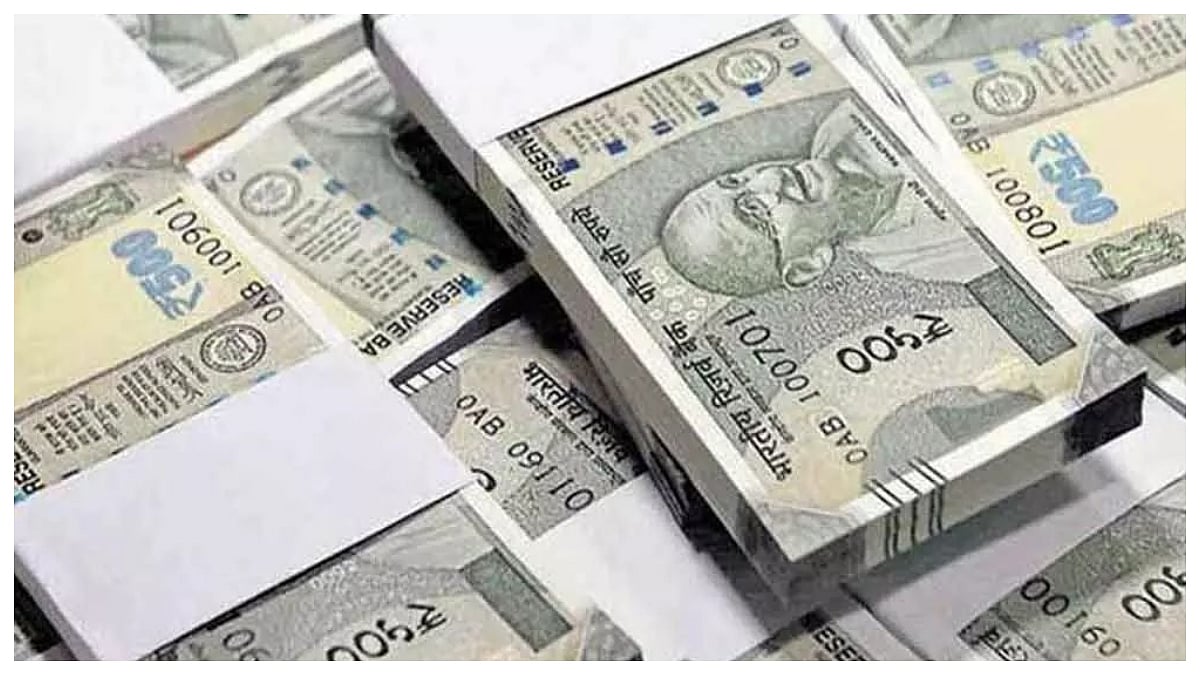Mumbai is a leader in the green building movement in the state, with over 1,700 registered projects, covering more than 1,800 million sq ft of built-up green building area, including over 550 certified green building projects and 45 net-zero emissions projects. Green buildings refer to built environment that meets standards for efficient energy and water usage and low carbon emissions.
The surge in the number of green buildings has been driven by government policies that offer incentives, such as additional Floor Area Ratio (FAR) benefits for Indian Green Building Council (IGBC) certified buildings, said the CII-IGBC in a statement on Tuesday. The agency, set up by the Confederation of Indian Industry (CII) in 2001 to actively promote the green building concept in India. With a registered green building footprint of 14.75 billion sq. ft, and with over 17,060 projects adopting IGBC’s 32 rating systems, the green building movement is transforming India into one of the global leaders in green built environment. IGBC is a market leader with about 90% of India’s green building projects adopting IGBC rating systems, said CII IGBC.
The CIDCO Bhavan, Navi Mumbai; Chhatrapati Shivaji Maharaj International Airport, Mumbai; Navi Mumbai Municipal Corporation's head office; the Reserve Bank of India building, Fort, Bombay House, the headquarters of the Tata conglomerate, and financial and IT office spaces in Bandra Kurla Complex are among the buildings in the Mumbai Metropolitan Region that are certified by the CII IGBC. Maharashtra’s collaboration with the CII has accelerated adoption through certification programmes, regulatory mandates, and capacity-building initiatives, positioning the state as a model for sustainable urban growth and climate resilience in India. Apart from Mumbai, Pune, Nagpur, Nashik, Chhatrapati Sambhaji Nagar (Aurangabad), and Navi Mumbai are setting new benchmarks in sustainable urban development and green building adoption in India, said CII IGBC, which noted that the state's leadership is driven by the state government’s progressive policies, attractive incentives, and a robust partnership with the CII IGBC.
M Anand, deputy executive director, CII IGBC, said that Maharashtra’s exemplary commitment to sustainable urban development demonstrates visionary governance and strategic partnerships. "Our collaboration with the government has accelerated green building adoption and net zero initiatives, proving that sustainability and economic growth can go hand in hand. Maharashtra is setting a precedent for other states while shaping the future of India’s built environment—making it resilient, resource-efficient, and inclusive."
Maharashtra’s Urban Development Department has introduced transformative policy measures to incentivise green building projects across the state. The government offers additional FAR incentives of 3%, 5%, and 7% for IGBC-rated silver, gold, and platinum buildings, respectively. The Public Works Department (PWD) mandates all new government buildings and renovations to comply with IGBC’s rating systems. Updates to the Urban Development Control and Promotion Regulations (UDCPR) 2020 have mandated that integrated townships projects achieve at least a silver rating from IGBC, ensuring that large-scale urban developments include eco-friendly and energy-efficient design principles. Maharashtra has also been progressive in drafting the Energy Conservation Building Code (ECBC) Rules 2025, reinforcing standardised energy performance norms for new commercial buildings and aligning these with India’s national energy efficiency and net-zero targets.
Maharashtra's achievements have contributed to India’s position as the world’s second-largest green building market, said the agency. The cumulative effect is measurable—substantial reductions in carbon emissions, energy usage, and water consumption—benefiting not only the environment but also enhancing the health and well-being of residents. The policies are vital components of India’s broader national agenda to achieve net-zero carbon emissions by 2070, added CII IGBC.
To get details on exclusive and budget-friendly property deals in Mumbai & surrounding regions, do visit: https://budgetproperties.in/






